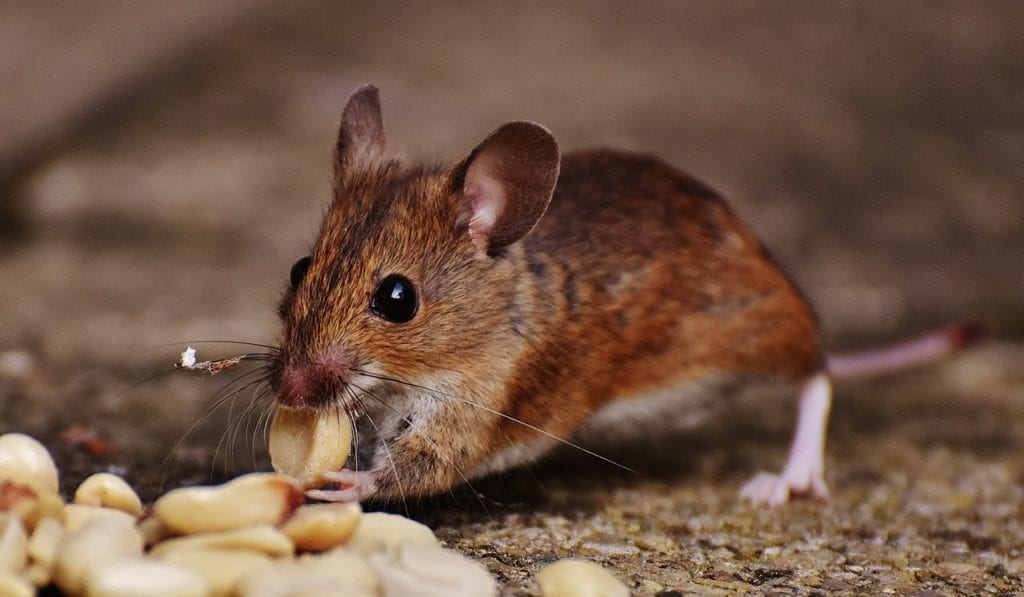
Knowing the type of rodent in your home is the initial and most crucial step in controlling rodents. Rat control techniques will not necessarily control mice. This article will discuss how mice and rats differ in breeding, life span, diet, drooping characteristics, tail length, weight, fur, size, and damage caused. We will also give some tips on how to prevent them.
Breeding
A pair of rats can produce as much as 2,000 offspring in a year yet a female mouse can have over 300 mice throughout her life. The offspring can mate after a month. That means one mouse in your home can cause big problems.
Life Span
Rats normally live 2-3 years, while mice live 1.5 to 2.5 years.
Diet
Rats prefer eating large items like dry pet food, cheese, and stored meat. Mice prefer eating seeds, nuts, fruits, vegetables, and grains. However, mice also eat meat.
Droppings
The droppings of mice and rats are similar in shape and color. However, mice droppings are smaller than rat droppings. Mice droppings measure about 4-7 mm, while rat droppings measure between 7-19 mm.
Tail Length
The tail on a rat is shorter than the tail of a mouse when compared to its body. However, the actual length of a rat tail is longer than that of a mouse. Mouse tails have more fur than rat tails.
Weight
A mouse typically weighs around 30 to 90 grams, while a rat weighs between 350 and 650 grams.
Fur
Rats tend to have more coarse fur than mice. Norway rats have a shaggy brown coat, while a black rat has a smooth gray coat. The fur of a house mouse is light brown or gray with lighter bottoms.
Size
You can tell the difference between a rat and a mouse by looking at the size of the animal. Generally, rats are considerably larger than mice. A rat measures about 15.5 inches, while a mouse measures around 5-8 inches.
Damage
Both rats and mice can cause a lot of damage to your home. Since a rat is bigger, it tends to do more damage in a short period. It can chew bigger holes and eat things that a mouse cannot, such as wire mesh, brick, and aluminum. Rats and mice can chew electrical wires, which can put you and your property in great danger.
How to Prevent Rodents
Now that you understand the difference between rats and mice, what can you do to prevent them? Here are some tips:
· Understand the signs: Signs of rodents include burrows, tracks, gnaw marks, and droppings. These signs are mostly found around your food sources.
· Maintain cleanliness: Rodents come into your home looking for food. Thus, store your food in air-tight containers and ensure that you maintain high standards of cleanliness. Do not leave pet food open. Sweep and clean floors regularly and secure your garbage.
· Eliminate entry points: Seal any crack in your foundation and any openings in your walls. Use weather stripping for spaces in windows and doors.
· Get rid of debris around your house: Keep your yard weeded and mowed. Trim the shrubs around your home and keep wood piles away from the house.
· Use traps: You can use traps to capture rodents. However, you will need to put them in the right position to be effective.
· Pets: Dogs and cats will hunt rodents down.
If you suspect rodents in your home, contact an Aptive Exterminator as they will evaluate the problem and conduct a comprehensive treatment.

